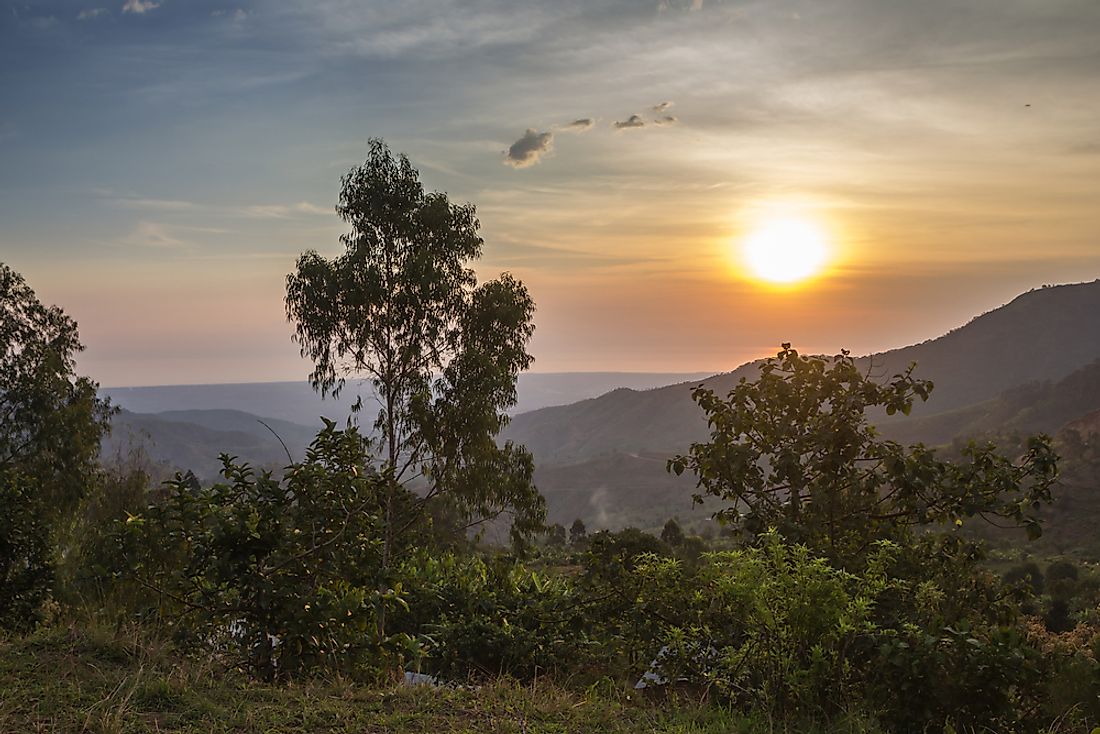What Is The Capital Of Burundi?

Bujumbura is the capital city of Burundi, a recognition the city received after the country gained independence from Belgium in 1962. Bujumbura is also the biggest city in Burundi and covers an area of 33.41 square miles and has a population of over 497,000 residents. Bujumbura is situated in the western region of the country on the northern shores of Lake Tanganyika.
History Of The Capital Of Burundi
Bujumbura was founded in the late 19th century and was originally a tiny village which was established as a military settlement by the German military in 1899. During this period, the village was known as Usumbura and was established as the administrative center of the Belgian mandate, then known as Ruanda-Urundi (present-day Rwanda and Burundi). The Usumbura later grew to a bustling town and had been officially recognized as the capital city of the Belgian mandate by the early 20th century. The Burundi government changed the city’s name from Usumbura to Bujumbura in 1962 after the country gained independence, with Gerard Kibinakanwa being elected as the city’s first mayor. Bujumbura was severely affected by the two genocides that took place in Burundi, and the city was the epicenter of the retaliatory attacks during the 1972 genocide propagated by Hutus against Tutsis.
Education System In The Capital City Of Burundi
As the nation’s biggest city, Bujumbura has the best educational facilities in the country. The city has international schools which have world-class facilities and these include the Ecole Francaise de Bujumbura, King’s School, and the Bujumbura International Montessori School. The University of Burundi is the country’s biggest institution for higher education, with its enrollment estimated to be over 13,000, and has its main campus in Bujumbura. The Roman Catholic Church founded the university. The University of Burundi was established in 1973 after the merger of three institutions of higher learning; the Universite officielle de Bujumbura, the Ecole Normale Superieure, and the National Advanced School of Administration. The University of Burundi is made up of numerous schools and institutions, the majority of which have campuses in Bujumbura. Many of the facilities of the university were destroyed during the civil war which had engulfed the country for years. Other universities in Bujumbura include the Hope Africa University and the Universite du Lac Tanganyika.
Transport And Communication In The Capital Of Burundi
Bujumbura is served by the best transport system in the country. Public transport is the most popular means to go around the city and features mini-buses and taxis. The law requires vehicles engaging in public transportation have distinct blue-and-white paint jobs. Motorbikes (taxi-motos) and bicycles (taxi-velos) are known for offering low-cost public transport around Bujumbura. Bujumbura International Airport, the nation’s largest and busiest airport, is located on the outskirts of Bujumbura. The airport which was opened in 1952, serves as many as 89,000 passengers each year. Several international airlines conduct flights to-and-from the airport, and these include Brussels Airlines, Kenya Airways, and Ethiopian Airlines. Regarding communication, the nation’s chief broadcaster is the state-owned Burundi National Radio and Television (La Radiodiffusion-Television Nationale du Burundi) which has its headquarters in Bujumbura.
Administrative Regions In Burundi's Capital City
Bujumbura is made up of 13 administrative regions which are; Rohero, Buterere, Cibitoke, Kamenge, Musaga, Nyakabiga, Gihosha, Ngagara, Kinindo, Bwiza, Kinama, Kanyosha, and Buyenzi.











